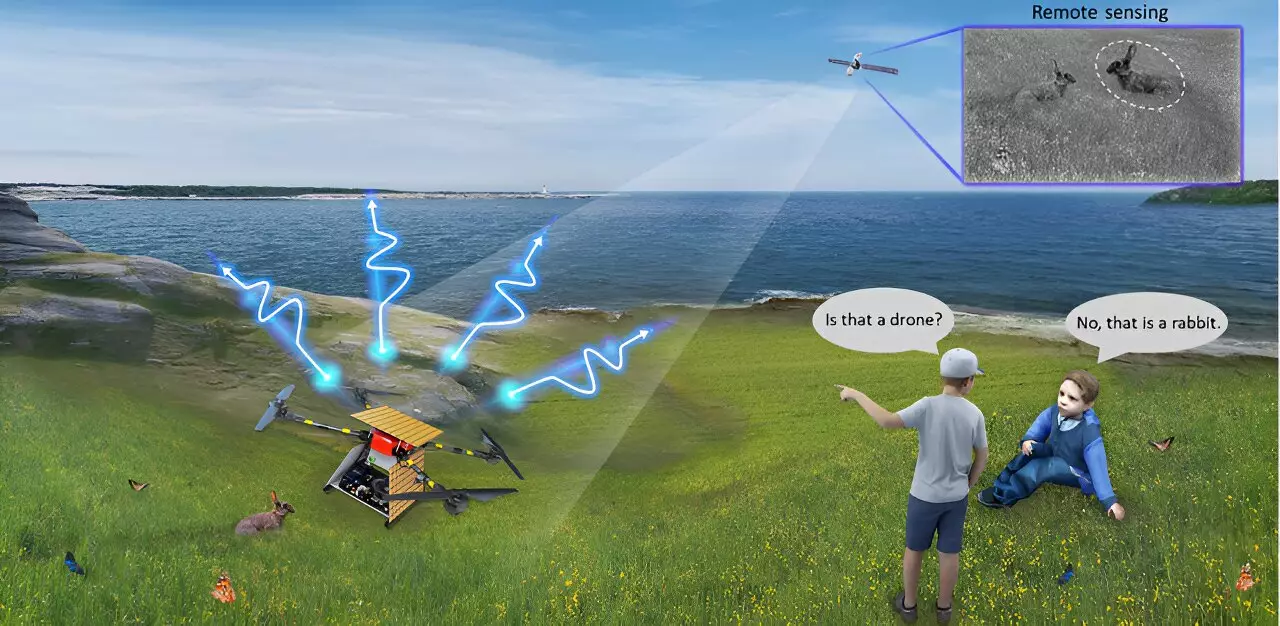The concept of objects disappearing seamlessly has always been a fascinating idea, from primitive camouflage techniques to the advanced metamaterial-based cloaks we see today. The trajectory of human civilization has brought us closer to achieving this goal, with recent advancements in the field of aero amphibious invisibility cloaks. Researchers at Zhejiang University have made significant progress in developing an intelligent cloak that can maintain invisibility even in dynamic environments, neutralizing external stimuli.
Despite decades of research and the emergence of various invisibility cloak prototypes, the task of creating an aero amphibious cloak that can manipulate electromagnetic scattering in real-time remains a formidable challenge. One of the main hurdles faced by researchers is the need for complex-amplitude tunable metasurfaces and the absence of intelligent algorithms that can address issues like non-uniqueness and incomplete inputs.
The team at Zhejiang University has introduced a groundbreaking solution by unveiling a self-driving, cloaked unmanned drone. By integrating perception, decision-making, and execution functionalities, this drone showcases the potential of spatiotemporal modulation applied to reconfigurable metasurfaces. This technology allows for the customization of scattering fields across space and frequency domains, paving the way for adaptive invisibility.
To power this innovation, the researchers have proposed the use of a generation-elimination neural network, also known as stochastic-evolution learning. This network plays a crucial role in guiding the spatiotemporal metasurfaces globally, automatically seeking optimal solutions with maximum probabilistic inference. By addressing the challenges of one-to-many correspondences inherent in inverse design, this network enhances the capabilities of the invisibility cloak.
The successful implementation of this concept on an unmanned drone platform demonstrates the potential for adaptive invisibility across various landscapes, including sea, land, and air. The integration of spatiotemporal metasurfaces, deep learning, and advanced control systems expands the scope of invisibility cloaks to aerial platforms. This breakthrough not only marks a significant advancement in inverse design but also opens up possibilities for future research in materials discovery and the development of adaptive meta devices.
The continuous advancements in aero amphibious invisibility cloaks represent a significant step forward in the field of cloaking technology. By overcoming challenges related to electromagnetic scattering and intelligent algorithm design, researchers are paving the way for a new era of invisibility technology. As we look towards the future, further advancements in bandwidth constraints and polarization challenges are expected to address current limitations and enhance the capabilities of invisibility cloaks.


Leave a Reply